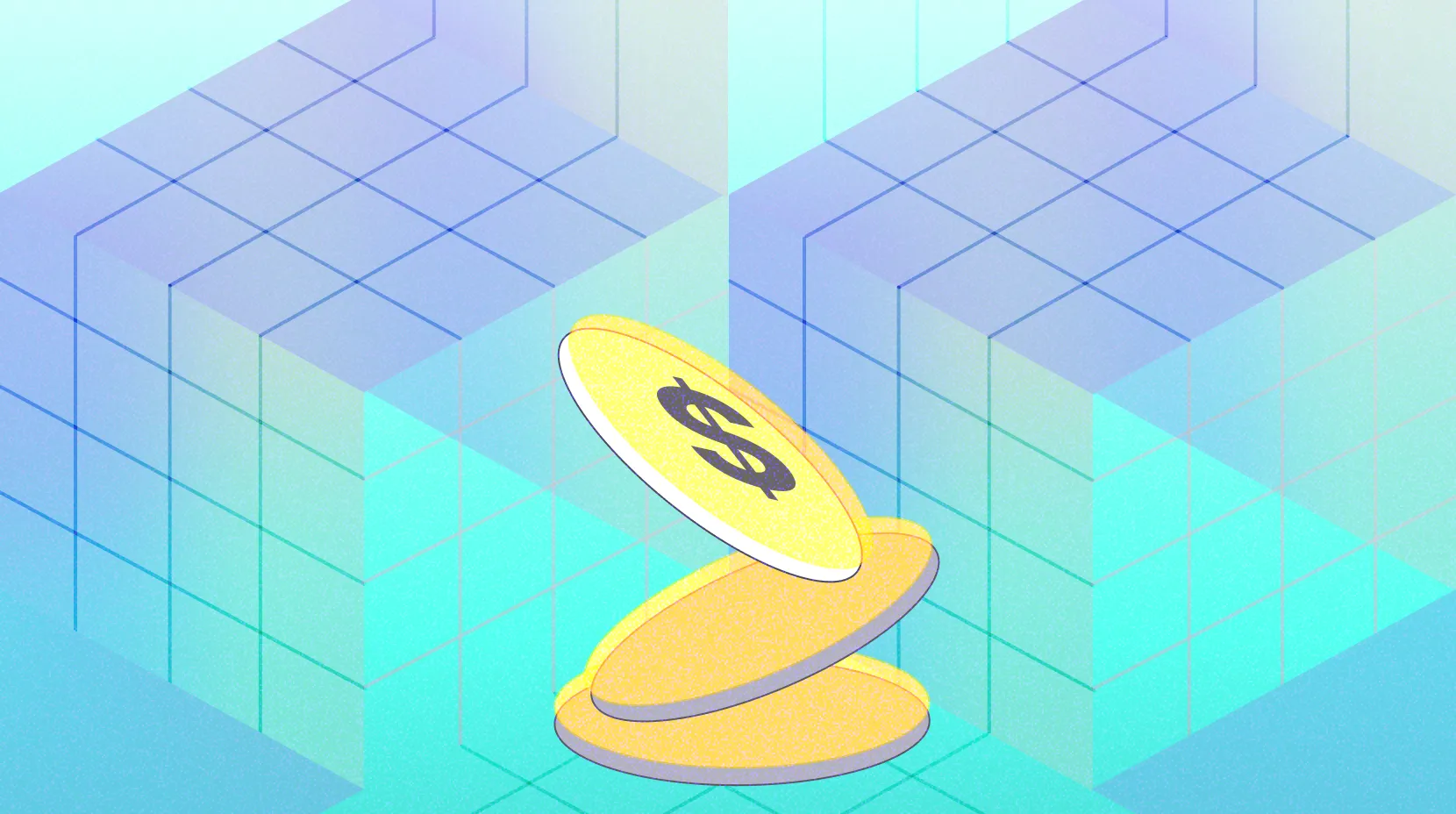玩转技术分析,方法论总结
Gate Learn 合约中阶专题-帮助用户构建技术分析的框架体系,含 K 线基础、技术形态、均线与趋势线、及技术指标的应用;本期作为《玩转技术分析,看懂趋势方向》课程的总结,将从全面视角、更高层面透视合约交易中技术分析的作用,帮助用户打牢方法论基础。
关于技术分析的几个误区
在刚开始进入交易市场时,觉得画几条趋势线、看懂图表形态、记住不同的蜡烛图形态之间的差异,就能够盈利了。有这样想法的往往会受到市场的惩罚,最后的结局往往是以大规模的亏损而告终。究其原因,大抵是陷入了以下三大误区之中:
第一:忽视了市场与交易的本质。
正确认识市场本质,是投资者立足市场、实现赢利的根本前提,也是投资者形成自己的交易理念、交易策略的核心要素。
市场是财富的再分配场所,推动价格升降的背后力量是人性,市场的具体价格是通过多、空双方竞争来实现的。
市场本质上是由人的情绪控制的,市场最大的确定性就是不确定性,市场最大的特点就是随机性和波动性。市场上存在着各种力量的博弈,同时受到政策面、消息面、资金面、情绪面的影响,表现为:价格变化短期无序,随机行走;长期来看,则遵循一定规律性,以趋势方式演变。
只有正确认识市场本质、掌握市场规律,才有所谓的交易理念、交易策略、交易系统,以及良好心态;否则,投资者容易观念摇摆,甚至陷入空谈、盲动。
第二:盲目用技术分析摸顶抄底,且忽视了时间框架的重要性。
时间周期有大小级别,比如 5 分钟、15 分钟、小时、日、周等,一般来说大周期管着小周期,大周期没有走完,则小周期不会结束。许多人想用小周期级别的顶部与底部信号去交易,赚取最大的利润,但往往都折在了半山腰。脱离时间框架去寻找顶底,是一件非常盲目的事情,要知道多重时间框架都确认的趋势,有效性才会更强。
在大周期的趋势没有明确的转折之前,我们应该永远相信趋势会持续。
交易的大数据分析发现,投资者从趋势中赚到的利润,远大于震荡区间中的波段利润,技术分析的一大作用就是发现趋势,并跟随趋势。
第三:把某一指标当成万能的分析与预测工具。
俗话说一招鲜吃遍天,但交易中一个技术指标并不能适用于所有的市场场景。趋势行情的指标主要有布林带、ADX、移动均线等,震荡行情的指标主要有 RSI、KDJ、ROC、CCI,许多投资者在刚接触技术分析的初期,没有注意技术指标的使用条件,导致出现严重的亏损。
多年在市场上的摸爬滚打资深的交易者,都会组合不同的技术指标,形成自己一套独特的分析体系去应对不同的市场情况。
总之,技术分析是一个千人千面,因人而异的投资工具,资本市场最讲风险与收益并存,很多人失败的原因并不是因为工具出了问题,而是因为无限制地放大风险所导致的。
技术分析实用性的理论基础
技术分析有三个基本假定或者说前提条件:
1.市场行为包容消化一切;
2.价格以趋势方式演变;
3.历史会重演。
技术分析则是通过图表来分析判断行情的规律性,换句话说,只要价格走势有规律性,技术分析就有其价值。这也是技术分析三大假设中最重要的一条:历史会重演。
历史为什么会重演?
我们要对市场上的价格、行为、心理这三者之间的关系有所了解。价格是表象,本质是多空双方交易行为博弈的结果,交易行为又是受制于多空双方的交易心理,而交易心理主要有两种,恐惧与贪婪。大家的行为模式与心理上的共性,反映到价格上面去,价格走势就体现出一定的规律性。
通过这种规律性,技术分析对市场的反应显得比较直接,分析的结果也更接近市场的局部现象。投资者可以从目前市场运行的支撑与阻力位置,明确自己入市与出市的参考价格,根据自己的投资习惯和需要,借助日线图、周线图和月线图进行不同角度不同范围的分析,这样不管是中长线的投资者,还是短线的投资者都可以找到适合自己的买卖时机。
查尔斯·H·道于 1884 年 7 月 3 日首创股票市场平均价格指数,该指数诞生时只包含十一种股票,其中有九家是铁路公司。直到 1897 年,原始的股票指数才衍生为二个,一个是工业股票价格指数,由 12 种股票组成;另一个是铁路股票价格指数,包含 20 种成分。到 1928 年,工业股指的股票覆盖面扩大到 30 种,1929 年又添加了公用事业股票价格指数。虽说新的指数日益增加,但道氏 1884 年的首创却是它们共同的鼻祖。
股市技术分析有着上百年的历史,同时,不断进行着演变和进化。加密资产交易的技术分析,其理论根源同股市一样,借用股市成熟的技术分析理论、实践经验的积累,以此形成一套更适合加密资产行情的技术分析方法论。
为什么我们要不厌其烦地介绍上述背景?为什么道氏理论如此引人注目?答案是现成的。迄今大多数广为使用的技术分析理论都起源于道氏理论,都是其各种形式的发扬光大。道氏是技术分析的开山祖师爷。
主流技术分析流派
一般说来,可以按约定俗成,将技术分析主要分为如下五类:指标派;切线派;形态学派;K 线派;波浪派。
指标派
指标派要考虑市场行为的各个方面,建立一个数学模型,给出数学上的计算公式,得到一个体现交易市场的某个方面内在实质的数字。这个数字叫指标值。指标值的具体数值及相互关系直接反映市场所处的状态,为我们的操作行为提供指导的方向。指标反映的东西大多是从行情报表中直接看不到的。
比较常用的指标如 VOL、MACD、KDJ、RSI、MA 等,分为趋势指标、震荡指标、能量指标等。
图表派
图表派是按一定方法和原则在行情图表上画一些直线。然后根据这些直线的情况推测市场价格的未来趋势。
图表的画法是最为重要的,画得好坏直接影响预测的结果。目前,画线的方法有很多种,它们都是人们长期研究之后保留下来的精华。著名的有趋势线、通道线等。此外还有黄金分割线、甘氏线、角度线等。在实际应用中,人们从这些线上获益不少。
形态学派
从价格轨迹的形态,我们可以推测出市场处在一个什么样的大的环境之中,由此对我们今后的行为给予一定的指导。著名的形态有 M 头、 W 底、头肩顶底等十几种,这些形态同样是交易者智慧的结晶。
K 线派
K 线派的研究手法是侧重若干天 K 线的组合情况,推测市场多空双方力量的对比,进而判断市场多空双方谁占优势,是暂时的,还是决定性的。K 线图是进行各种技术分析的最重要的图表,我们将在后面详细介绍。
单独一天的 K 线的形态有十几种,若干天 K 线的组合种类就无法数清了。人们经过不断地总结经验,发现了一些对买卖有指导意义的组合,而且,新的结果正不断地被发现,被运用。
波浪派
波浪理论起源于 1978 年美国人查尔斯·J·柯林斯发表的专著《波浪理论起源》。波浪理论的实际发明者和奠基人是艾略特,他在 30 年代有了波浪理论最初的想法。
波浪理论把价格的上下变动和不同时期的持续上涨下降看成是波浪的上下起伏一样。波浪的起伏遵循自然界的规律,按一定规律进行,市场的价格也就遵循波浪起伏所遵循的规律。
简单地说,上升是 5 浪下跌是 3 浪。数清楚了各个浪就能准确地预见到,跌势已接近尾声,牛市既将来临,或是牛市已到了强驾之末,熊市将来到。
波浪理论较之于别的技术分析流派,最大的区别就是能提前很长的时间预测底和顶。别的流派往往要等到新的趋势已经确立之后才能看到。但是,波浪理论又是公认的最难掌握的技术分析方法。大浪套小浪,浪中有浪,在数浪的时候极容易发生偏差。事情过了以后,回过头来数这些浪,发现均满足波浪理论所陈述的,都能数对。一旦身处在现实,真正能够正确数浪的人是很少的。
以上五类技术分析方法是从不同的方面理解和考虑市场。有些有相当坚实的理论基础,有的就没有很明确的理论基础,很难说清楚为什么。它们都有一个共同的特点,那就是都是经过市场的实际战火的考验,最终没有被淘汰而被保留下来的,它们都是我们的前人的经验、智慧的精华。
这五类技术分析方法尽管考虑的方式不同,目的却是相同的,彼此并不排斥,在使用上相互借鉴。比如,在指标分析时,经常用到切线和形态学派中的一些结论和手法。
这五类技术分析方法考虑的方式不同,这样就导致它们在操作指导时,所使用的方式不同,有的注重长线,有的就要短线;有的注重价格的相对位置,有的注重绝对位置;有的注重时间,有的注重价格。不管注重什么,最终殊途同归。只要能有收益,用什么方法是不重要的。
如何找到合适自己的方法
- 打牢理论基础 《道氏理论》作为技术分析的鼻祖,读懂经典理论著作,深刻理解道氏理论,决定了日后交易中技术分析能走多远。交易经验决定了你的交易市场盈利的下限,而理论学习能力决定了盈利的上限。
- 洞察交易本质和人性的弱点 关于交易本质在上述已经提到,不再赘述。要想在残酷的交易市场中稳定盈利并活下来,除了交易技术本身外,情绪和心态也是至关重要,交易的越久越能感受到心态的重要。明白人性的弱点,敬畏市场,敬畏人性所不能,有所为有所不为。
- 实践出真知,在复盘总结中提升 除了理论学习外,真正投身至合约交易的汪洋大海中,不断总结复盘,从交易实践中找到技术分析的所不能,和自己所不能,不断提升系统准确性。
- 尝试构建并完善交易系统 科学的仓位管理、风险管理及尝试并构建自己的交易系统,在交易实践中检验系统的有效性,不断历练提升,形成适合自己的交易进阶之路。
本期小结
《玩转技术分析,看懂趋势方向》中关于 K 线、趋势及技术形态的讲解,是将经典技术分析方法论浓缩、概况而来,取其精华去其糟粕,希望能帮到爱好交易,爱好学习的用户朋友。
更多合约交易,请至 Gate 合约平台,点击注册开启合约之旅。
免责声明
本文仅供参考,Gate 提供的此类信息不构成任何投资建议,不对您的任何投资负责。有关技术分析、行情判断、交易技巧、交易员分享等内容,可能涉及潜在风险、投资变数和不确定性,本文不提供或暗示有任何能保证收益的机会。




